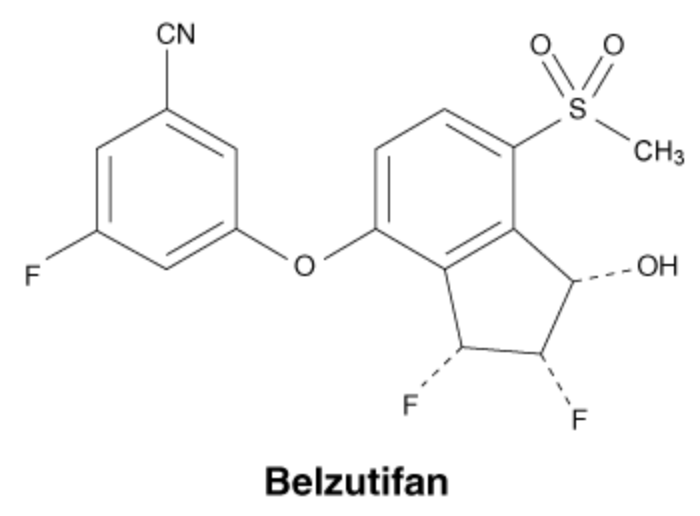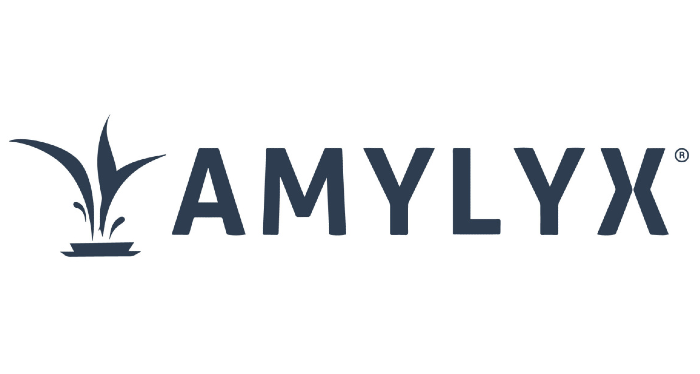WELIREG Advances as a Potential Therapy for Pheochromocytoma and Paraganglioma
Merck, operating as MSD outside of North America, has announced that the U.S. Food and Drug Administration (FDA) has granted priority review status to a supplemental new drug application (sNDA) for WELIREG® (belzutifan). This application seeks approval for its use in treating adults and adolescents (aged 12 and above) diagnosed with advanced, inoperable, or metastatic pheochromocytoma and paraganglioma (PPGL).
The submission is based on findings from the Phase 2 LITESPARK-015 clinical trial, which evaluated WELIREG’s objective response rate (ORR) and duration of response (DOR). Detailed results from this study will be shared at an upcoming medical conference. The FDA has set a Prescription Drug User Fee Act (PDUFA) target action date of May 26, 2025, for its decision.
Dr. Marjorie Green, Senior Vice President and Head of Oncology Global Clinical Development at Merck Research Laboratories, emphasized the significance of this development:
“Pheochromocytoma and paraganglioma are rare tumors occurring in and around the adrenal glands, and currently, there are no approved treatments available in the U.S. for this patient population. This regulatory milestone reflects our dedication to advancing innovative therapies like WELIREG to address unmet medical needs. We look forward to collaborating with the FDA to potentially bring this critical treatment option to patients who have long awaited new therapeutic solutions.”
Expanding WELIREG’s Therapeutic Reach
WELIREG is currently the first and only FDA-approved hypoxia-inducible factor-2 alpha (HIF-2α) inhibitor in the U.S. for treating adult patients with von Hippel-Lindau (VHL) disease who require intervention for associated renal cell carcinoma (RCC), central nervous system hemangioblastomas, or pancreatic neuroendocrine tumors (pNETs) that do not necessitate immediate surgical procedures. This approval was supported by results from the Phase 2 LITESPARK-004 trial.
Beyond the U.S., WELIREG has received regulatory approval in China and 16 other countries for the treatment of specific VHL disease-associated tumors.
Additionally, in the U.S. and Canada, WELIREG has been approved as a treatment for adult patients with advanced RCC who have previously undergone therapy with a PD-1/PD-L1 inhibitor and a vascular endothelial growth factor tyrosine kinase inhibitor (VEGF-TKI). This approval stems from findings from the Phase 3 LITESPARK-005 trial.
Merck continues to explore the potential of WELIREG in treating rare cancers, RCC, and other tumor types through an extensive clinical development program. Several Phase 2 and Phase 3 trials are currently evaluating the drug as a monotherapy and in combination with other therapeutic agents.
Commentary by SuppBase Columnist Alice Winters
Merck’s push for an expanded label for WELIREG in treating pheochromocytoma and paraganglioma (PPGL) is an interesting case of drug repurposing within oncology. The HIF-2α pathway has been a growing area of focus in recent years, especially in cancers with unique hypoxic environments, such as renal cell carcinoma and now PPGL. While the sNDA’s priority review suggests a strong therapeutic promise, several critical factors should be examined before getting overly optimistic.

Efficacy and Market Impact
The reliance on Phase 2 LITESPARK-015 trial data—centered on ORR and DOR—raises immediate concerns. While ORR is a useful early metric in oncology drug development, it does not always correlate with long-term survival benefits. Without progression-free survival (PFS) or overall survival (OS) data, it’s difficult to predict WELIREG’s real-world effectiveness for this new indication. If the FDA grants approval based on these endpoints alone, post-marketing surveillance and confirmatory trials will be crucial.
Additionally, given the rarity of PPGL, the market size for this expansion is inherently limited. However, this aligns with the industry’s recent trend of targeting niche cancers, where pricing and regulatory incentives—such as orphan drug exclusivity—often make these pursuits financially viable despite the small patient population.
Mechanism and Potential Limitations
WELIREG’s inhibition of HIF-2α is a unique mechanism in oncology, particularly in renal cell carcinoma. However, PPGL is a different beast. While some cases are linked to hypoxia-inducible factor pathways, many are not. The variability in genetic drivers of PPGL suggests that WELIREG may not work uniformly across all patients.
Moreover, hypoxia-related pathways have complex downstream effects. A significant concern is that inhibiting HIF-2α may inadvertently impact the body’s normal physiological responses to low oxygen levels, leading to side effects beyond those seen in RCC or VHL disease. Hematologic and cardiovascular risks, such as anemia and hypertension, should be monitored closely.
Regulatory and Competitive Landscape
Merck’s regulatory strategy is aggressive but calculated. By positioning WELIREG as the first approved treatment for PPGL, the company can establish a stronghold in a virtually untapped market. However, competition is looming. Other HIF inhibitors are in various stages of development, and alternative targeted therapies—including tyrosine kinase inhibitors—are continuously being investigated for PPGL.
Moreover, the FDA’s stance on approving drugs based on early-phase data has been inconsistent. While priority review is a positive sign, the agency has recently been scrutinizing accelerated approvals, particularly in oncology. Should the FDA demand additional Phase 3 data before granting full approval, Merck may need to pivot its strategy.
Final Verdict
WELIREG’s expansion into PPGL is an intriguing development, but it’s far from a guaranteed success. While the drug’s unique mechanism and current regulatory momentum offer promise, critical gaps in long-term efficacy data, potential off-target effects, and the fragmented nature of PPGL’s genetic landscape present hurdles.
If approved, WELIREG could represent a new frontier in rare cancer treatments. However, its true impact will depend on continued research, patient outcomes beyond ORR, and how well Merck navigates the regulatory and competitive challenges ahead.



